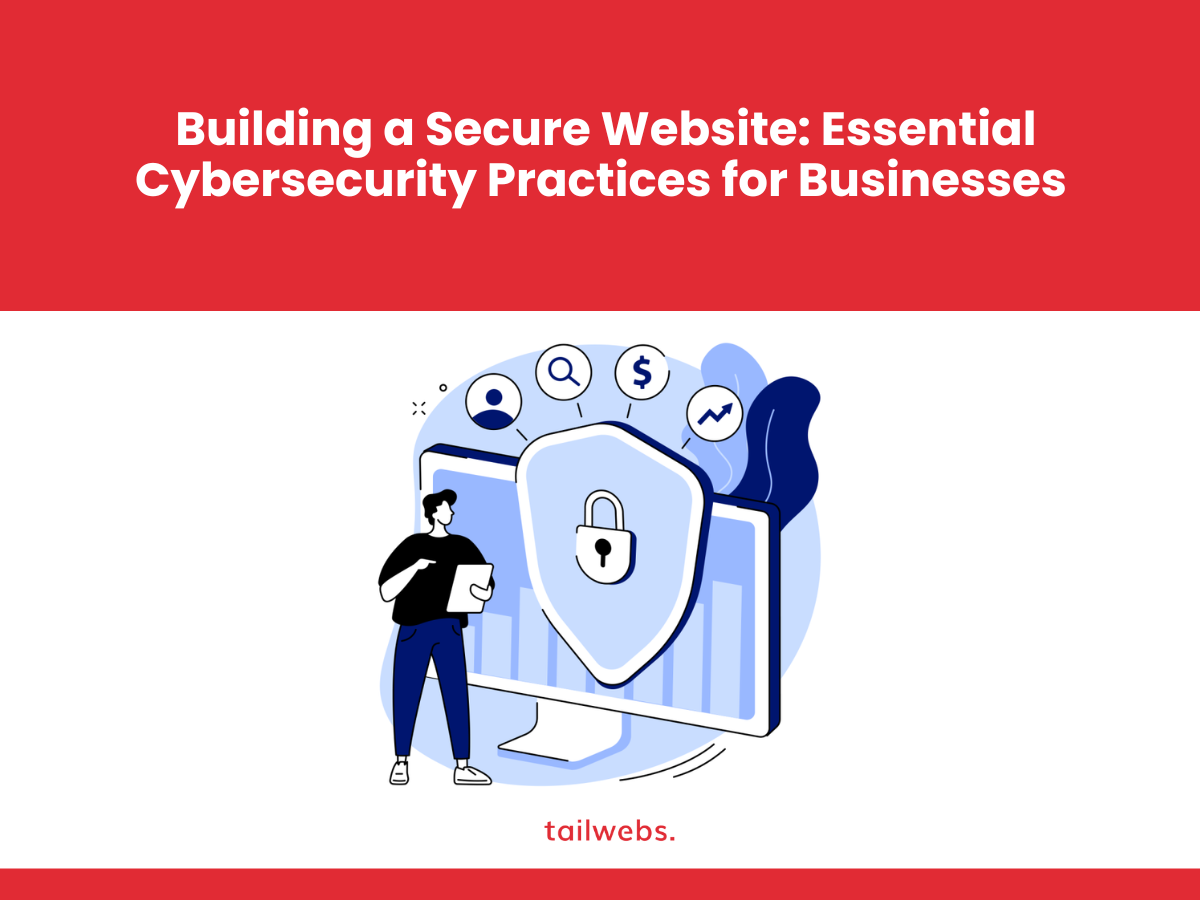In today’s digital age, your website is not just your online storefront; it’s your digital fortress, housing valuable data about your customers, your operations, and your brand. But just like any physical fortress, your website needs robust defences to withstand the ever-evolving landscape of cyber threats.
A data breach can be crippling for any business, but the consequences are especially dire for small and medium-sized enterprises (SMEs). According to the Ponemon Institute, the average cost of a data breach for an SME is a staggering $74,000, and 60% of breached businesses shut down within six months.
So, how can you ensure your website stands strong against cyberattacks and protects your precious assets? By implementing these essential cybersecurity practices:
1. Secure the Foundation: Encryption and Web Hosting
Imagine building a house on shaky ground. That’s essentially what you’re doing if you don’t secure the fundamental infrastructure of your website. Here’s what you need to focus on:
HTTPS and SSL Certificates:
Encrypting communication between your website and visitors is non-negotiable. HTTPS ensures data privacy and builds trust with users. Look for a reputable company to issue a valid SSL certificate for your domain.
Secure Web Hosting:
Choose a web hosting provider with a strong track record of security. They should offer features like intrusion detection and prevention systems, firewalls, and regular backups. Remember, the cheapest option isn’t always the best when it comes to your website’s security.
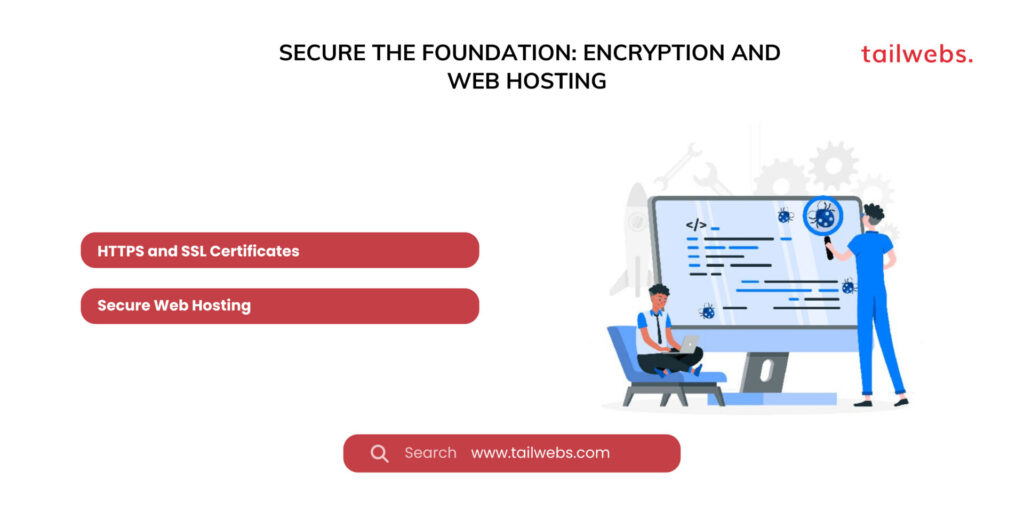
2. Fortify Your Walls: Software Updates and Patch Management
Think of software updates and patches as the bricks and mortar that strengthen your website’s walls. Outdated software and plugins are prime targets for attackers, as they often contain known vulnerabilities.
Automate Updates:
Implement a system for automatic updates of your website’s core software, plugins, and themes. This way, you stay ahead of vulnerabilities and minimise the risk of exploitation.
Regular Patch Management:
Don’t rely solely on automatic updates. Proactively research and install security patches for any software you use, even if it’s not directly related to your website.
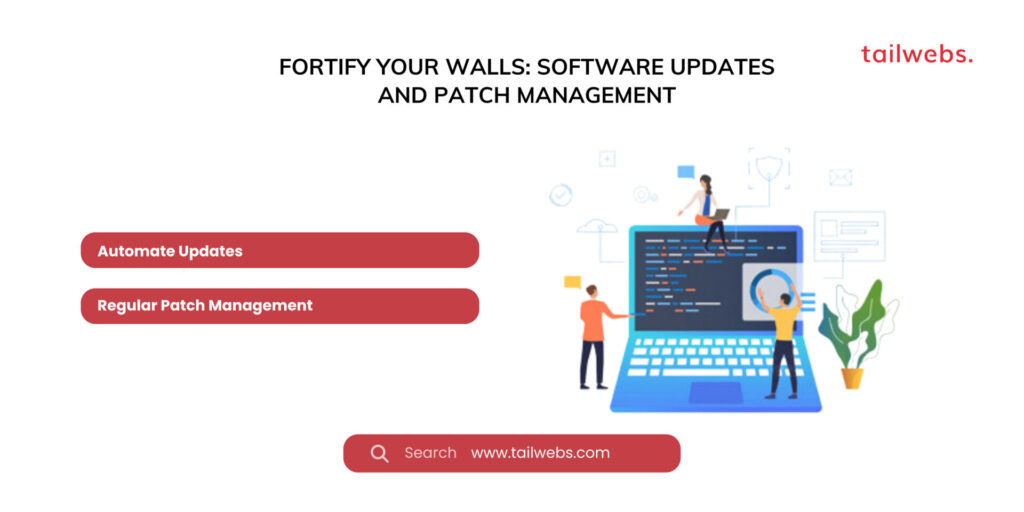
3. Guard the Gates: Access Control and Authentication
Just like any fortress needs vigilant guards, your website needs robust access control and authentication measures. Here’s how to keep unwanted visitors out:
Strong Password Policies:
Enforce strict password policies for all users with access to your website’s backend. This includes minimum length, complexity requirements, and mandatory password changes.
Multi-Factor Authentication (MFA):
Implement MFA wherever possible. This adds an extra layer of security by requiring a second factor, like a code sent to your phone, to verify a login attempt.
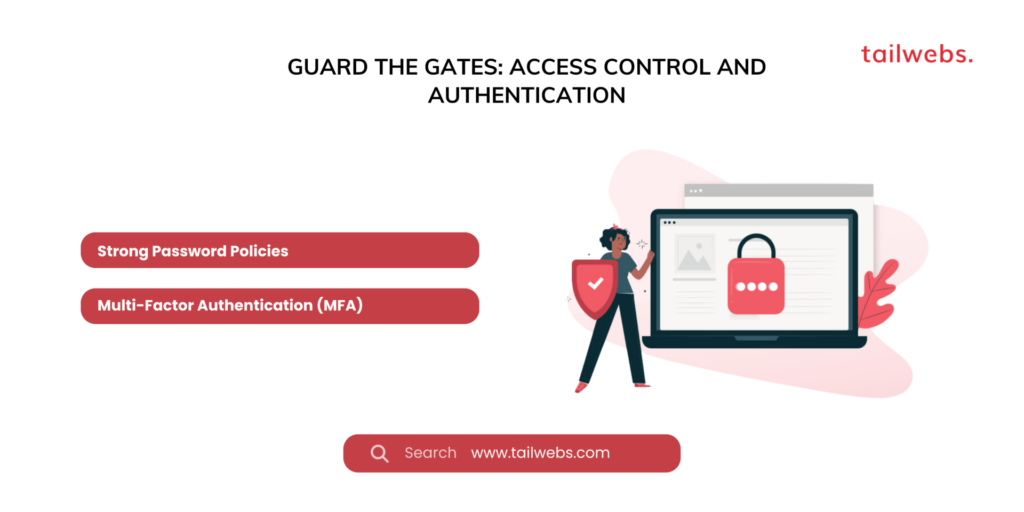
4. Patrol the Grounds: Monitoring and Vulnerability Scanning
Even the most secure fortresses need vigilant guards patrolling the grounds. In the digital world, that means proactive monitoring and vulnerability scanning:
Website Security Monitoring:
Invest in security monitoring tools that can detect suspicious activity, malware infections, and potential vulnerabilities on your website.
Regular Vulnerability Scans:
Conduct regular vulnerability scans to identify and address any weaknesses in your website’s code, plugins, and configurations.
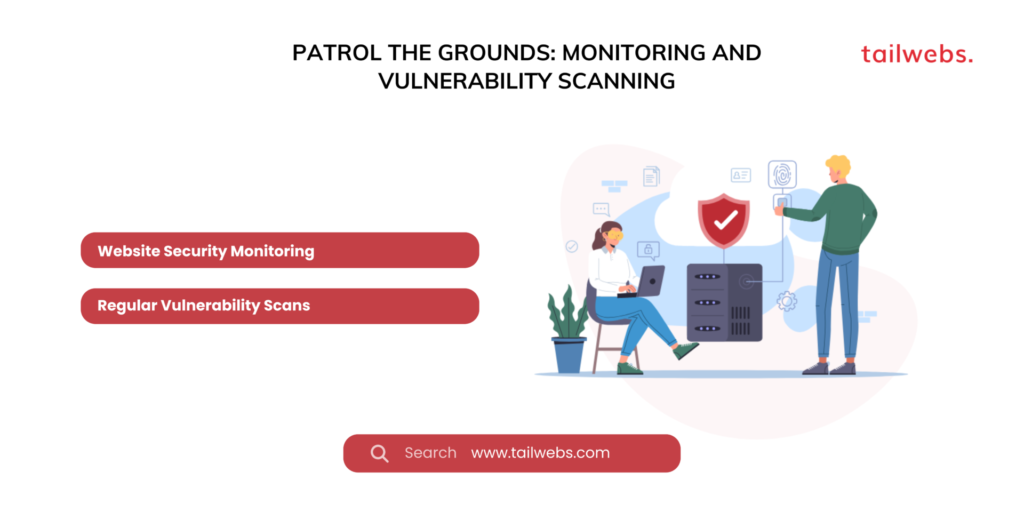
5. Train Your Defenders: Security Awareness for Employees
Your employees are your first line of defence against cyberattacks. Invest in security awareness training to educate them about common threats, phishing scams, and best practices for password hygiene.
6. Backup and Prepare for the Worst: Disaster Recovery and Incident Response
No fortress is impregnable. Even with the best defences, a cyberattack can happen. Be prepared by:
Regular Backups:
Create regular backups of your website data and store them securely off-site. This ensures you can quickly recover your website in case of an attack or accidental data loss.
Incident Response Plan:
Develop a clear and concise incident response plan that outlines steps to take in case of a cyberattack. This will help minimise damage and expedite recovery.
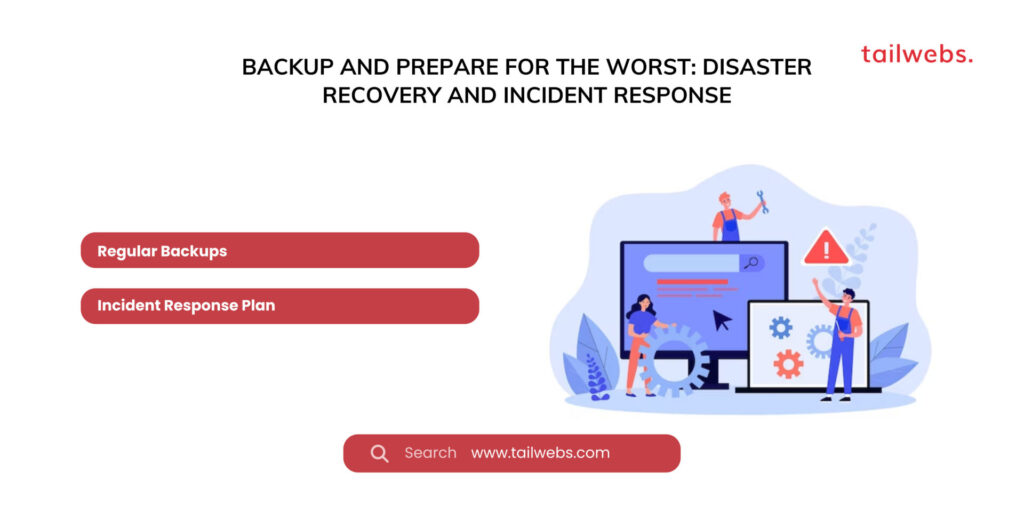
Building a Secure Website: A Continuous Journey
Cybersecurity is not a one-time fix; it’s an ongoing process. By implementing these essential practices and staying vigilant, you can build a secure website that protects your business and earns the trust of your customers.
Remember, it’s not just about ticking boxes; it’s about understanding the risks, adapting to evolving threats, and making security a core part of your website’s DNA. By prioritising cybersecurity, you can ensure your digital fortress stands strong, safeguarding your valuable assets and paving the way for sustainable success in the online world.
Building a Secure Website: Essential Cybersecurity Practices for Businesses
In our previous blog post, we covered the foundational elements of building a secure website. Now, let’s delve deeper into specific tactics and tools you can implement to strengthen your defences against diverse cyber threats.
1. Secure the Code: Sanitise Inputs and Validate Data
Your website’s code acts as the intricate mechanisms within your digital fortress. Keeping it clean and secure is crucial. Here’s how:
Input Validation:
Sanitise all user input before it enters your database or application. This prevents malicious code injection, like SQL injections, that can compromise your system.
Data Validation:
Implement data validation to ensure users input data in the correct format and length. This helps prevent errors and vulnerabilities stemming from invalid or incomplete data.
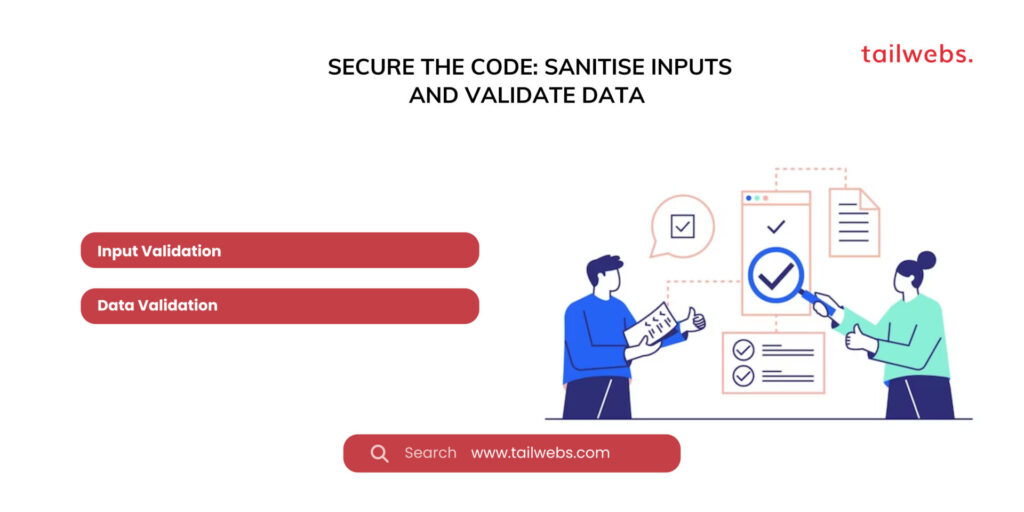
2. Build High Walls: Web Application Firewalls (WAF)
Think of a WAF as a high wall surrounding your website, constantly scanning and filtering incoming traffic to block malicious intent. Consider these features:
Signature-Based Detection:
WAFs can identify and block known attack patterns based on a predefined database of threats.
Anomaly Detection:
Advanced WAFs can analyse traffic patterns and identify suspicious behaviour, even if it’s not a signature-based attack.
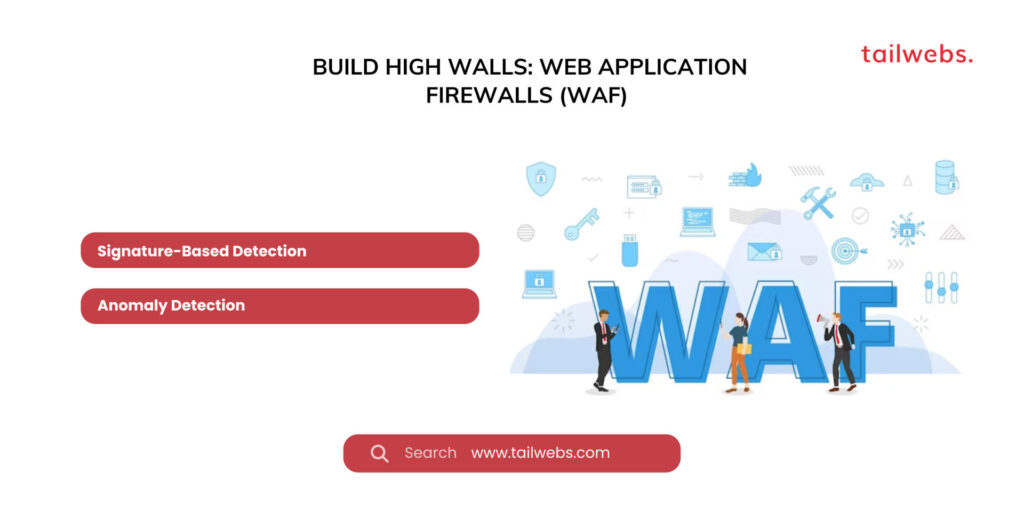
3. Protect the Crown Jewels: Data Encryption and Privacy
Your website’s data is the crown jewel of your digital fortress. Guard it fiercely with these measures:
Database Encryption:
Encrypt sensitive data stored in your website’s database to render it useless even if hacked.
Data Privacy Compliance:
Ensure your website complies with relevant data privacy regulations like GDPR and CCPA. This shows commitment to protecting user data and builds trust.
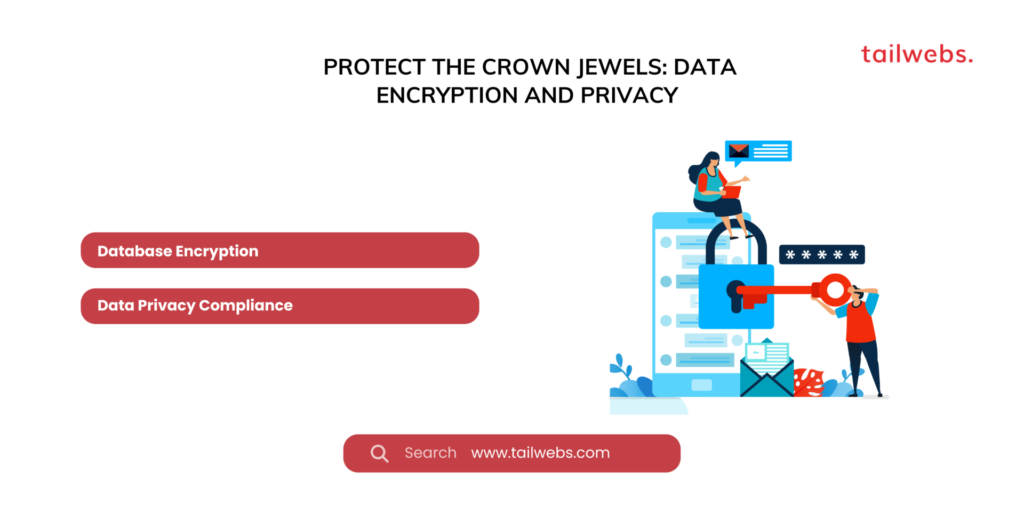
4. Secure the Supply Chain: Third-party integrations and Plugins
Your website may interact with third-party plugins or services. Don’t let them become weak points:
Minimise Third-Party Integrations:
Only integrate with reputable and secure third-party services. The fewer integrations, the smaller the attack surface.
Keep Plugins Updated:
Regularly update plugins and extensions to ensure they have the latest security patches. Consider using only plugins with a strong track record of security updates.
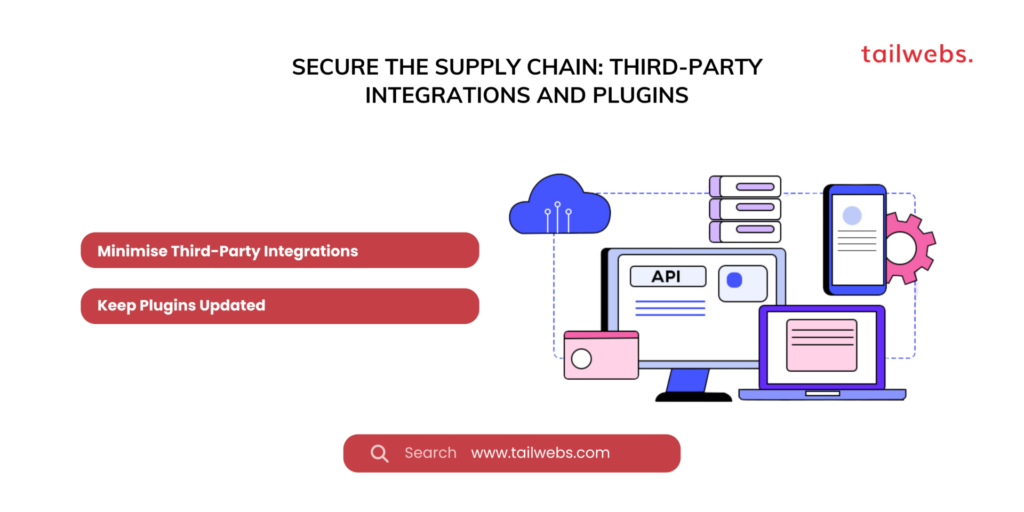
5. Watch the Drawbridge: Content Security Policy (CSP)
Think of a CSP as a strict list of approved resources your website can load. This prevents attackers from injecting malicious scripts or content:
Define Allowed Sources:
Specify exactly which scripts, styles, and fonts your website can load. This restricts unauthorised content and limits attack vectors.
Monitor and Update:
Regularly review and update your CSP policy to adapt to evolving website needs and potential vulnerabilities.
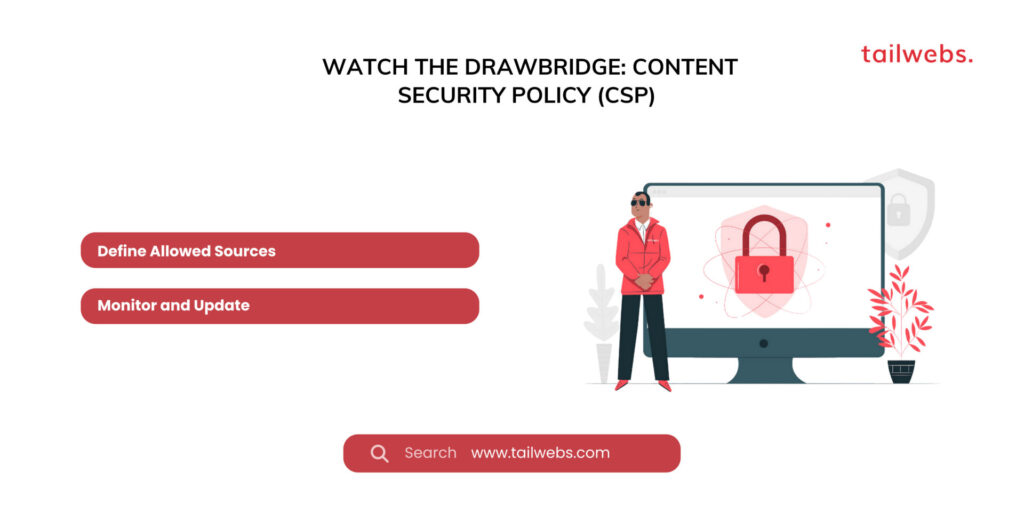
6. Secure the Communications: Secure Protocols and TLS/SSL
Secure communication channels are vital for smooth operation and data integrity. Ensure your website relies on robust protocols:
HTTPS:
Always use HTTPS for secure communication between your website and visitors. This protects data from being intercepted and tampered with.
TLS/SSL Versions:
Update to the latest versions of TLS/SSL protocols to benefit from the strongest encryption algorithms and security features.
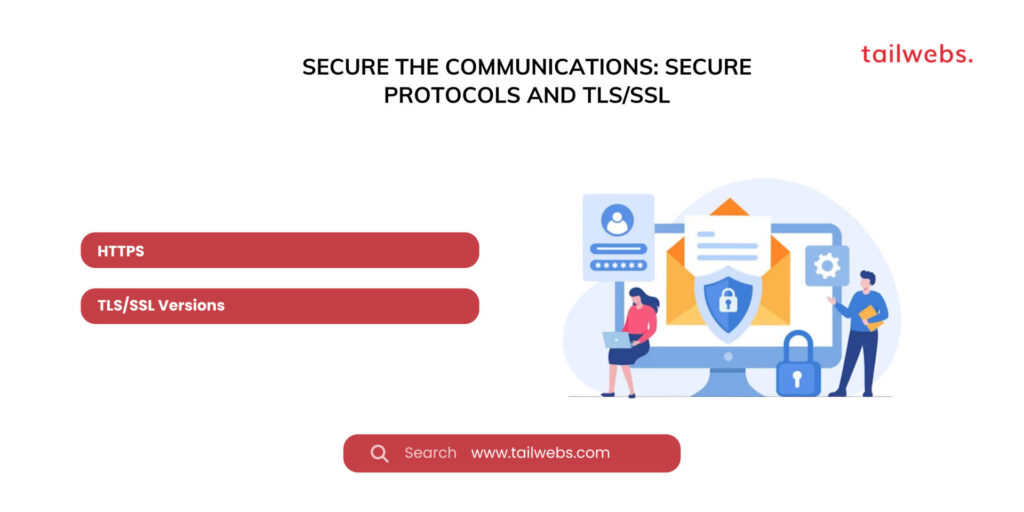
7. Arm Your Defenders: Security Tools and Services
Beyond built-in features, consider additional security tools and services to fortify your defences:
Vulnerability Scanners:
Regularly scan your website for vulnerabilities in code, plugins, and configurations. These tools identify potential weak points before attackers exploit them.
Malware Scanners:
Use malware scanners to detect and remove any malicious software that might have infiltrated your website.
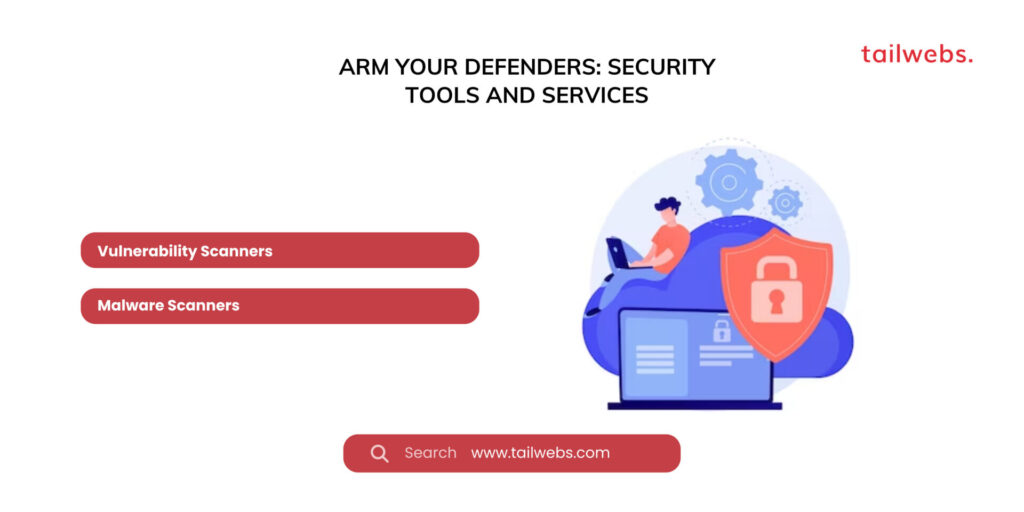
Building a Secure Website: A Collaborative Effort
Remember, cybersecurity is a team effort. Encourage open communication and collaboration among your developers, designers, and IT personnel to raise awareness and share responsibility for website security. Regularly conduct phishing simulations and security audits to assess your team’s preparedness and identify any gaps in your defences.
By implementing these specific tactics and utilising a range of security tools and services, you can build a website that stands strong against evolving cyber threats. In the constant battle for online safety, vigilance, adaptability, and proactive defence are your strongest weapons. Remember, a secure website is not just a technical necessity; it’s a foundation of trust and confidence for your business and your customers.

